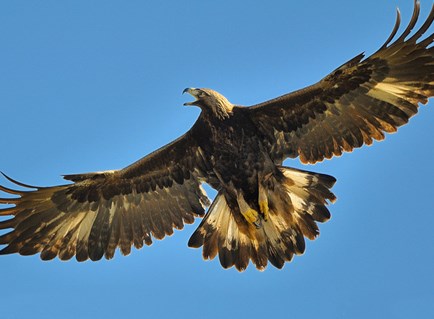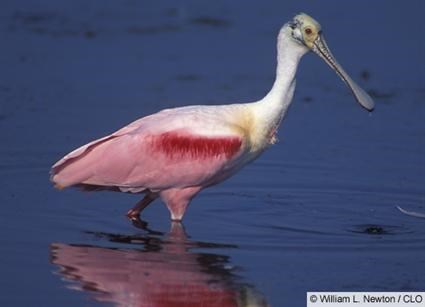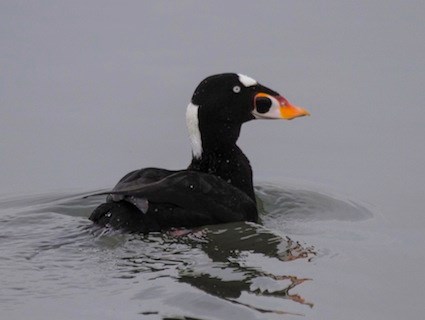Ready for some birdin' 101? Of course you're not, you are only a casual consumer of bird knowledge. Otherwise you'd be visiting one of those other "more professional" bird blogs where "experts" "know what they're talking about" and aren't "ignorant". But still, wouldn't you like to be the guy or gal who, when out hiking with a group of friends, can confidently point to a cool looking bird and name him? Of course you don't. But our mission statement here at birdateunithologist dot com involves the pursuit of useless knowledge and plenty of it, so we press on.
Today we'll be covering a trio of terrific waterbirds with subtle yet still visible-to-the-naked-eye distinctions from one another.
Cattle Egret
Sarapiqui River, Heredia, Costa Rica
Member of the Herons/Egrets/Bitterns Family
§A
Stampede of
Cattle Egrets§
~true bird fact~ One of those rare, resourceful birds who have made humanity into an ally rather than a threat, Cattle Egret loves agriculture. Spending most of his time with domesticated farm animals, he gets his daily meal of insects by following the clouds of them kicked up by the activities of larger animals. He is also known to eat the ticks right off of them. What a good friend. In different parts of the world, Cattle Egret preys on the stir-up of camels, elephants, giant tortoises, and airplanes.
Rises to the top when times get hardest.
Snowy Egret (
who we already know)
Corte Madera, California, USA
Member of the Herons/Egrets/Bitterns Family
§An
RSVP of
Egrets§
Secretly reading epic fantasy novels.
Great Egret
Corte Madera, California, USA
Member of the Herons/Egrets/Bitterns Family
§A
Wedge of
Egrets§
★Symbol of the National Audubon Society
★
~true bird fact~ Like many in their family, Great Egret rocks the distinctive s-shaped neck. In there is a very unusual long vertebra that acts like a hinge, enabling him to strike out quickly at far away targets.
Does really have a private life due to his important position. No one knows what he's really like, except through hearsay.
Ok, let's break this down. What differences did you notice? Were they all obvious? They might not be, out in the wild, when there's no one else to contrast them with, though, eh? The first thing you might look to is color of the break, since we are drawn to look at the faces of things as human beings. That'll help you differentiate between the Snowy Egret and they other two. If you want to stay with beaks, you can notice that the Great Egret has a thinner, longer, pointier beak than his Cattlesome brother.
The biggest difference is probably in the physical size of these birds. Next to each other you'd never mistake them. They go smallest to largest Cattle, Snowy, and Great. There is also some difference in general bulkiness vs. slenderness. Of course our great motto of 'always look at the feet' serves you well here too. Cattle Egrets have yellowish-greyish feet and legs, Great Herons have black feet and legs, and Snowy Egrets split the difference by having black legs, and weirdly yellow toes. Of course if the bird is standing in mud, you're out of luck.
Sometimes the sad truth of the matter is the only way to know what bird from what is location. This is where knowledge and research come into play. Cattle Egrets mostly hang out in open fields, while the other two are mostly water's edge types. The other things that's important to note is breeding season, during which all these birds look dramatically different. So good luck with that!
Are you ready for your final test? Ok.. What bird is this-
 Click here when you're ready to find out if you got it right!
Click here when you're ready to find out if you got it right!

















